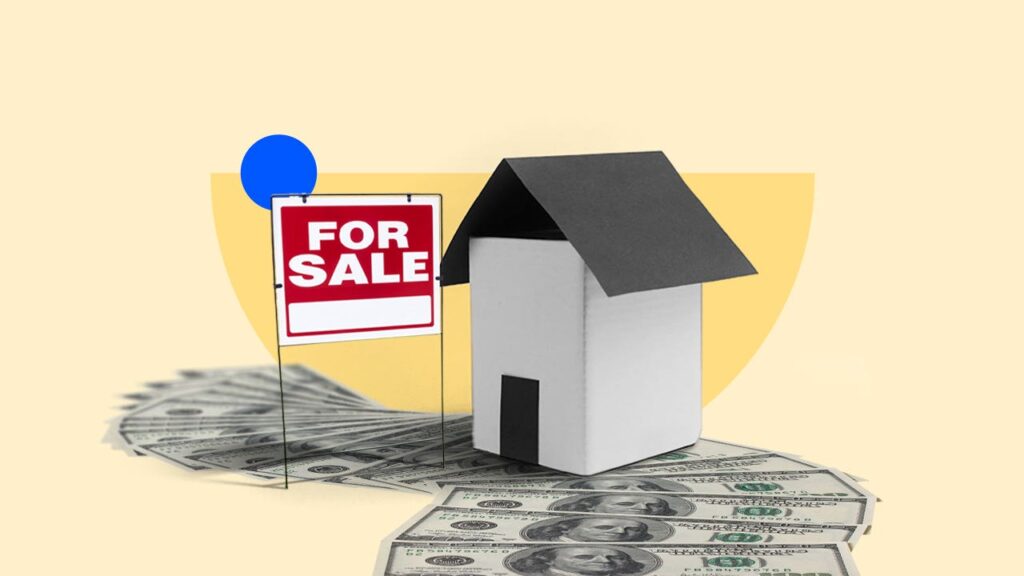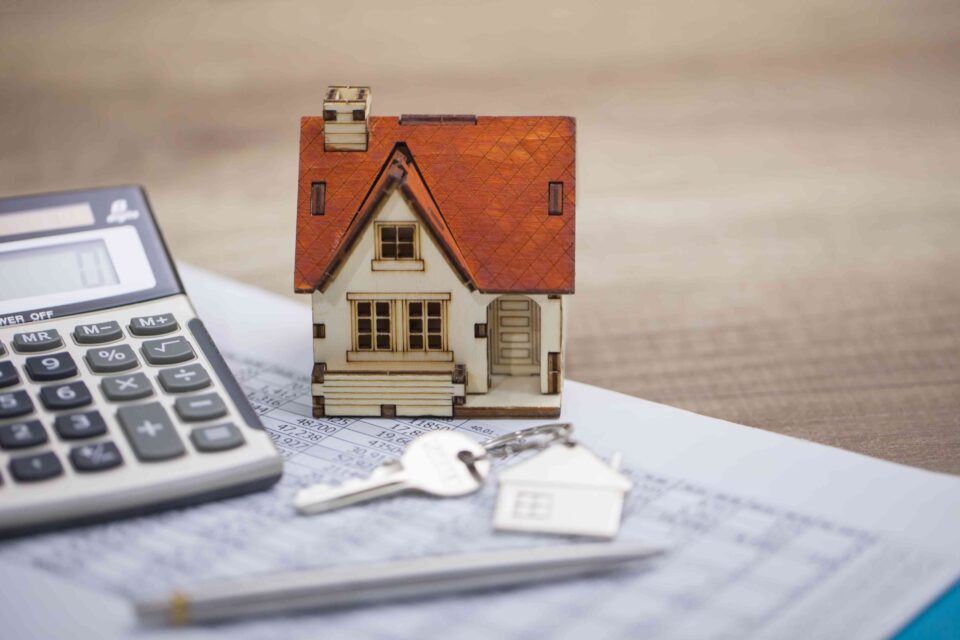Selling a house in a slow market undoubtedly presents its unique set of challenges. The key to success in such a market lies not just in patience, but also in adopting a strategic approach tailored to the current real estate climate. Understanding the nuances of a sluggish market and leveraging the right tactics can significantly enhance your chances of making a successful sale.
In a slow market, the number of available buyers decreases, and properties tend to stay on the market for longer periods. This scenario often leads to a buyer’s market, where buyers have more options and negotiating power. Therefore, it’s essential for sellers to make their property stand out in a crowded marketplace. This requires a combination of well-thought-out pricing, effective marketing, and presenting your property in its best light.
1. Price Your Home Competitively

In a market that is less than dynamic, establishing the correct price for your home becomes a pivotal factor in the success of its sale. Overpricing can be a critical error, leading to prolonged stagnation on the market, which can deter potential buyers who may perceive the property as undesirable or flawed. Conversely, underpricing your home might lead to a quick sale, but at the potential cost of significant financial loss.
To navigate this delicate balance, conducting thorough research is essential. This involves analyzing recent sales of comparable properties in your area, which provides a realistic perspective on the current market value of homes similar to yours. This comparative market analysis helps in gauging a price range that is competitive yet fair, ensuring your property is appealing to potential buyers without compromising on its worth.
The consideration of hiring a professional appraiser cannot be overstated. An appraiser will offer an objective valuation of your home, taking into account various factors including location, condition, size, and recent market trends. This unbiased assessment can be invaluable, providing a solid foundation for your pricing strategy.
For additional resources and expert advice on home valuation, visiting websites such as https://gordonbuyshomes.com can be highly beneficial. These platforms often provide insights into real estate trends, valuation tools, and can connect you with professionals in the industry.
Flexibility in Pricing
Another critical aspect of pricing in a slow market is flexibility. The initial asking price is not set in stone and should be responsive to market feedback. If the interest in your property is low and offers are not forthcoming, it could be an indication that the price is set too high. In such scenarios, being open to adjusting the price can make a significant difference.
Staying informed about local real estate trends is crucial in this regard. Market conditions can fluctuate, influenced by various economic and social factors. Keeping abreast of these changes enables you to adapt your pricing strategy accordingly, maintaining the competitiveness and attractiveness of your property in the market.
2. Enhance Curb Appeal

The first glimpse of a home can set the tone for the entire property viewing experience. Enhancing curb appeal is crucial in creating a positive first impression for potential buyers. Simple yet effective improvements can make a significant difference.
Consider investing in landscaping to add color and life to your front yard. A fresh coat of paint on the front door can be inviting, while power washing the siding and walkways can give the home a refreshed and clean appearance. Even minor upgrades like updating the mailbox or adding new house numbers can add to the overall appeal.
Ongoing Maintenance
Regular upkeep of your home’s exterior is equally important. Consistently mowing the lawn, trimming bushes, and clearing away debris or clutter not only enhances the property’s appearance but also signals to buyers that the home is well cared for. This attention to detail can suggest that the interior is maintained with the same level of care, thereby increasing buyer confidence.
3. Stage Your Home Effectively

Staging is a powerful tool in the home selling process. It’s more than just cleaning and decorating; it’s about strategically arranging furniture and décor to showcase the home’s strengths and potential. Effective staging involves decluttering to make spaces appear larger, rearranging furniture to highlight architectural features, and adding neutral yet appealing touches to create a warm, inviting atmosphere. The objective is to help buyers visualize themselves living in the space, making the home more appealing to a wide array of tastes.
Professional Staging Services
If the budget allows, hiring a professional staging company can significantly enhance the appeal of your home. These experts understand market trends and have the skills to style your home to appeal to a broad audience. However, if professional staging isn’t feasible, focus on key areas such as the living room, kitchen, and master bedroom, ensuring these spaces are clean, uncluttered, and well-presented.
4. Utilize Digital Marketing

In the digital era, the majority of homebuyers begin their search online, making a compelling online presence crucial. Your listing should feature high-quality photographs that showcase your home’s best attributes, paired with a detailed and enticing description of the property. Professional photography can be a worthwhile investment, capturing your home in the best possible light and making it stand out in online listings.
Leveraging Social Media
Social media platforms offer a dynamic avenue for marketing your home. Sharing your listing on platforms like Facebook, Instagram, and Twitter can significantly broaden your reach. These platforms also allow for targeted advertising, enabling you to reach potential buyers who are most likely to be interested in a property like yours. Utilizing social media effectively can create buzz and attract a larger pool of potential buyers.
The Bottom Line
If you want to sell your house in a slow market, you should be aware that this requires patience, flexibility, and a strategic approach. By pricing your home competitively, enhancing its curb appeal, staging effectively, and utilizing digital marketing, you can increase your chances of a successful sale. Remember, every market has its unique challenges and opportunities; adapting your strategy to the current market conditions is key.

